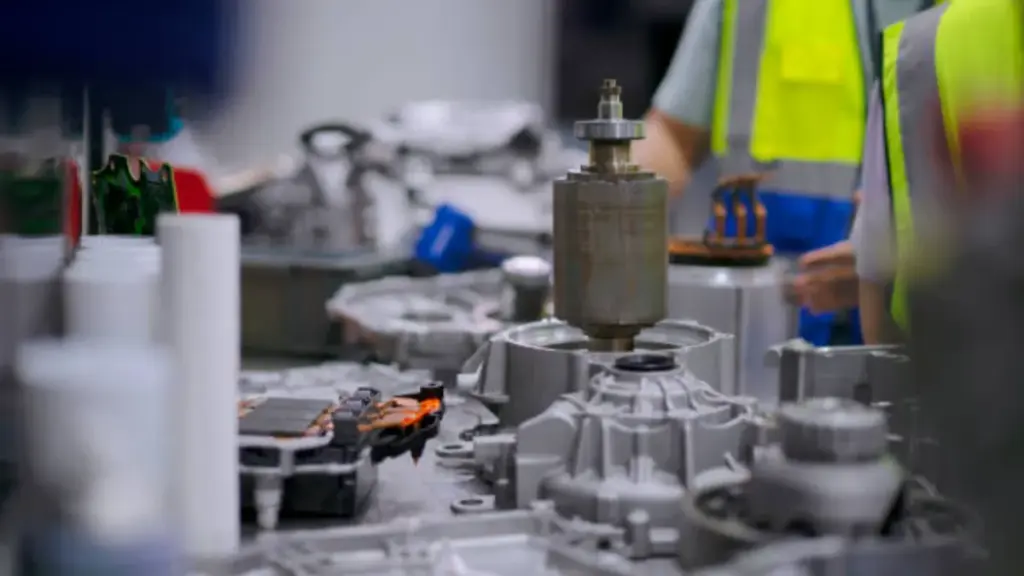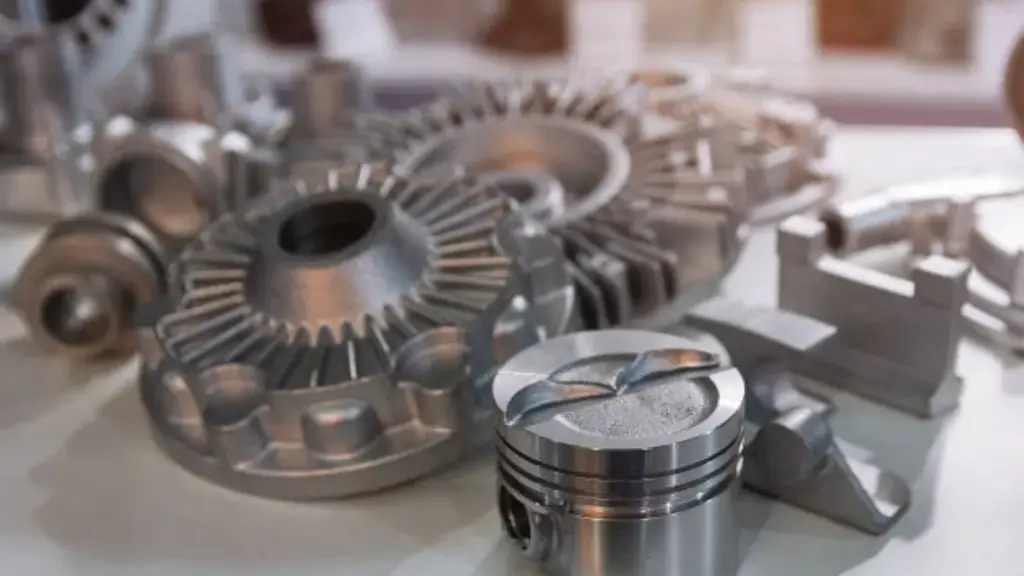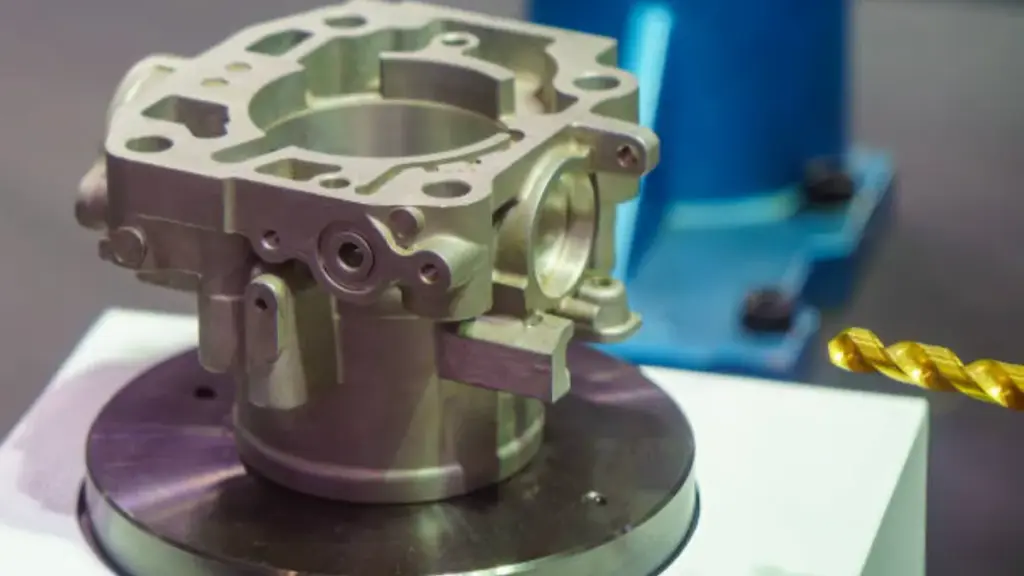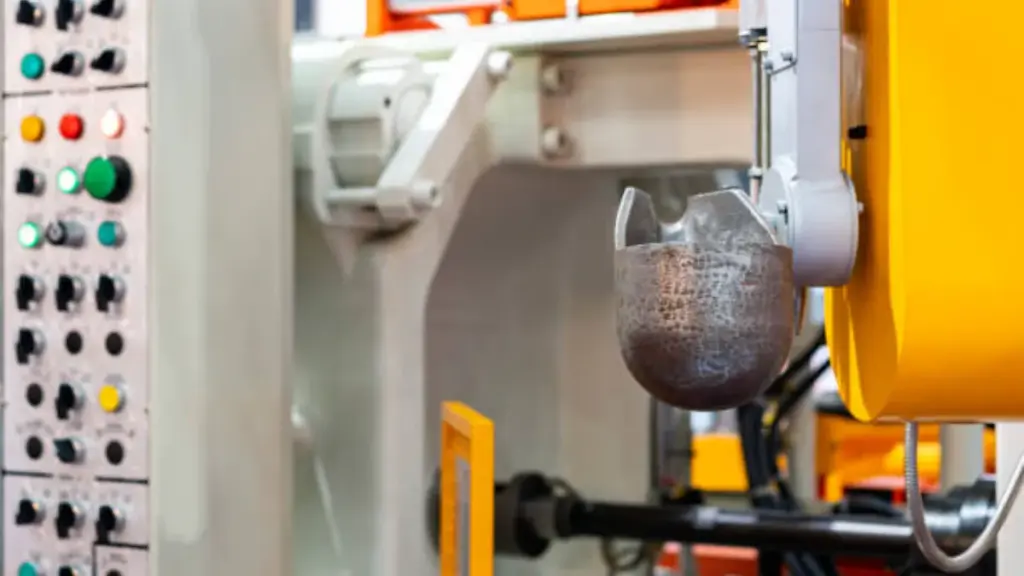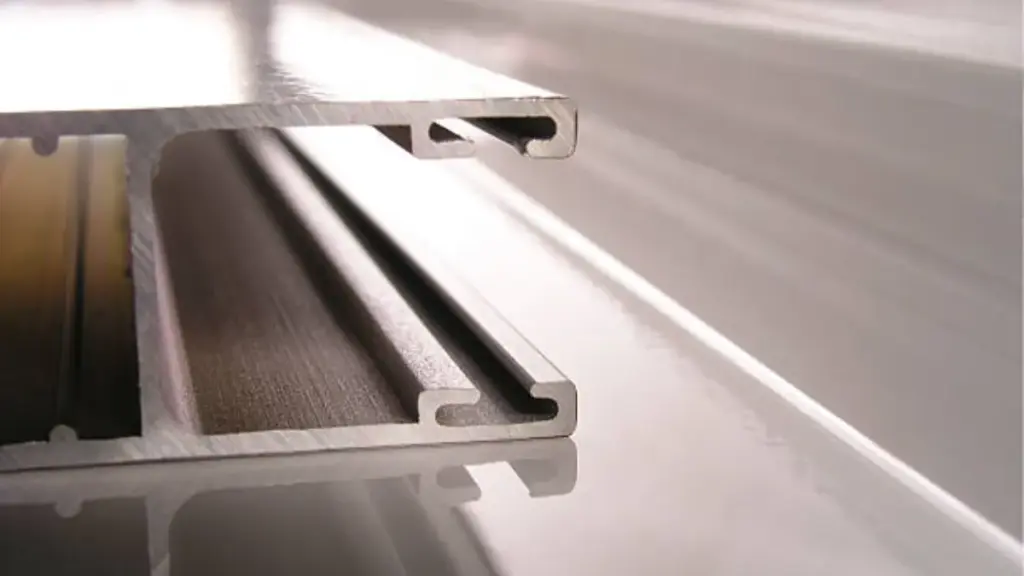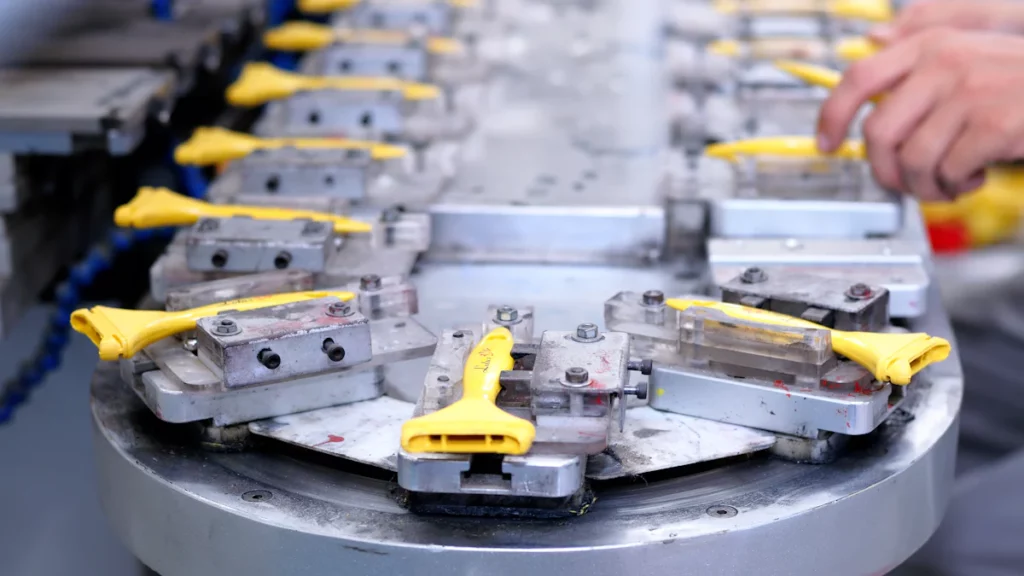
Image source: pexels
In die casting, material selection is the cornerstone of success, directly impacting the quality and durability of your final product.
This blog serves as your one-stop guide to navigating the diverse landscape of die casting materials. We’ll explore their unique properties, ideal applications, and the factors to consider when making your choice.
So, buckle up and get ready to unlock the secrets behind the materials that power the die casting industry!
Common Die Casting Materials
Let’s explore the unique properties and applications of Zinc Alloys, Magnesium Alloys, and Aluminum Alloys.
Zinc Alloys
- Widely used for smaller die castings or those requiring thinner sections.
- Superior castability allowing significant variation in section thickness.
- Maintains closer tolerances than other common metal alloys.
Magnesium Alloys
- Known for their high strength-to-weight ratio, such as AZ91D, AM60B, and AS41B.
- Offers good resistance to corrosion and wear, making them ideal for specific applications.
Aluminum Alloys
- Primary and highly economical die-casting material with versatile properties.
- Remarkable strength-to-weight ratio suitable for aerospace, automotive, and consumer goods applications.
Copper Alloys
Copper Alloys offer excellent thermal and electrical conductivity, making them ideal for specific applications. These alloys are known for their corrosion resistance and durability, ensuring longevity in various environments.
Common applications include electrical components, plumbing fixtures, and heat exchangers due to their exceptional performance under high temperatures. Additionally, these alloys provide good machinability, allowing for intricate designs and precise finishes.
Lead and Tin Alloys
Lead and Tin Alloys offer low melting points, facilitating easy casting processes for intricate designs. These alloys are commonly used in the production of bearings, soldering materials, and radiation shielding due to their density and malleability.
Their self-lubricating properties make them suitable for applications where friction reduction is crucial. Despite environmental concerns surrounding lead usage, these alloys continue to be valued for their unique characteristics.
Properties of Die Casting Materials
Strength
Copper alloys, for instance, exhibit high strength and hardness, making them ideal for various applications that require robust components. These alloys offer exceptional dimensional stability, ensuring that the die-cast parts maintain their structural integrity even under challenging conditions.
In contrast, lead and tin alloys are known for their high density, which contributes to their remarkable strength. This characteristic enables these alloys to provide extremely close dimensional accuracy, essential for applications where precision is paramount. Despite their density, lead and tin alloys offer unique forms of corrosion resistance, making them suitable for specialized die casting requirements.
Durability
Copper alloys are renowned for their excellent corrosion resistance, ensuring longevity and reliability in harsh environments. These alloys can withstand the test of time without compromising on performance or structural integrity.
Similarly, lead and tin alloys boast impressive durability due to their resistance to corrosion. Their ability to maintain dimensional accuracy over time makes them valuable choices for applications where long-term performance is essential.
Machinability
Copper-based alloys such as brass and bronze offer good machinability properties, allowing for efficient shaping and finishing of die-cast parts. The machinability of these alloys enhances productivity by enabling faster production cycles without compromising on quality.
Lead and tin alloys also exhibit favorable machinability characteristics, making them suitable for applications that require intricate details or complex geometries. Manufacturers can rely on the machinability of these alloys to achieve precise results with minimal post-processing requirements.
Zinc in Die Casting

Image source: unsplash
Properties of Zinc
Strength and Durability
Zinc alloys offer exceptional strength and durability compared to other die casting materials. The high precision and longer tool life provided by zinc make it a preferred choice for various applications. Its ability to withstand challenging conditions ensures the longevity of die-cast parts, making it an ideal material for manufacturing processes.
Uses of Zinc in Die Casting
Miniature Parts
Zinc is commonly used in the production of miniature parts due to its excellent castability and dimensional stability. The versatility of zinc alloys allows for the creation of intricate designs with precise details, making it a reliable option for small components in various industries.
Consumer Electronics
In the realm of consumer electronics, zinc plays a vital role in producing lightweight yet durable parts. The corrosion resistance and aesthetic appeal of zinc make it suitable for electronic devices that require both functionality and visual appeal. From smartphone components to household gadgets, zinc is a versatile material that enhances the performance and aesthetics of consumer electronics.
Advantages and limitations
- Advantages: Zinc die castings can be made thinner, more intricate, and more complex compared to aluminum and magnesium. This results in lighter parts, leading to savings in material cost and energy consumption.
- Limitations: While zinc offers high precision and durability, it may not be suitable for applications requiring extreme strength or high operating temperatures.
Aluminum in Die Casting
Properties of Aluminum
Versatility
Aluminum, known for its lightweight properties, offers exceptional versatility in die casting applications. Its ability to be easily molded into various shapes and sizes makes it a preferred choice for manufacturers seeking flexibility in design.
Aluminum’s versatility extends to its compatibility with different finishing techniques, allowing for customized surface treatments to meet specific requirements.
High Operating Temperatures
One of the key advantages of aluminum in die casting is its capability to withstand high operating temperatures without compromising structural integrity. This property makes aluminum ideal for applications where components are exposed to elevated heat levels, such as automotive engines or aerospace systems.
Uses of Aluminum in Die Casting
Automotive Parts
The automotive industry extensively utilizes aluminum die castings for various components due to their lightweight nature and strength. From engine blocks to transmission housings, aluminum parts contribute to improved fuel efficiency and overall vehicle performance. The corrosion resistance of aluminum further enhances the durability of automotive parts, ensuring longevity and reliability on the road.
Aerospace Components
In the aerospace sector, aluminum plays a critical role in the production of lightweight yet robust components for aircraft and spacecraft. The high strength-to-weight ratio of aluminum alloys makes them well-suited for aerospace applications where reducing weight is essential without compromising structural integrity. From fuselage parts to interior components, aluminum die castings contribute to enhancing flight performance and fuel efficiency.
Advantages and Limitations
- Advantages: The primary advantage of using aluminum in die casting is its exceptional strength-to-weight ratio, making it an ideal choice for applications requiring lightweight yet durable components. Additionally, aluminum’s corrosion resistance and thermal conductivity add value across various industries.
- Limitations: Despite its numerous benefits, aluminum does have limitations when it comes to certain applications that demand higher tensile strength or resistance to extreme conditions beyond its operating temperature range. Manufacturers must carefully consider these limitations when selecting materials for specific die casting projects.
Aluminum Mag-cast Uses in Die Casting
ADC12
This versatile aluminum alloy is a popular choice for its excellent castability, meaning it flows easily into molds, and good machinability, allowing for precise finishing touches. It’s a well-rounded option for various applications.
ADC10
ADC10 strikes a balance between castability and mechanical strength. It’s a good option when you need a material that can handle some pressure while still being easy to work with during the casting process.
A360
A360 shines with its exceptional corrosion resistance. This makes it a perfect choice for products exposed to harsh outdoor environments, like building materials or marine components.
A380
This aluminum alloy prioritizes pressure tightness. It excels in applications where components need to hold liquids or gases securely, such as engine blocks or pressure vessels.
Magnesium in Die Casting
Properties of Magnesium
Light Weight
Magnesium stands out in die casting for its exceptional lightweight properties, making it a preferred choice for applications where weight reduction is crucial. The low density of magnesium alloys contributes to the production of lightweight components without compromising on strength or durability. This characteristic is particularly advantageous in industries such as automotive and aerospace, where fuel efficiency and performance are paramount.
Toughness
In addition to its lightweight nature, magnesium alloys are also valued for their impressive toughness. The inherent strength of magnesium makes it suitable for applications that require robust and impact-resistant parts. Whether used in automotive structural components or consumer electronics enclosures, the toughness of magnesium ensures the longevity and reliability of die-cast products.
Uses of Magnesium in Die Casting
Automotive Industry
The automotive industry extensively utilizes magnesium alloys for various components due to their lightweight yet durable characteristics. From engine parts to transmission housings, magnesium plays a vital role in enhancing fuel efficiency and overall vehicle performance. The corrosion resistance of magnesium further contributes to the longevity and reliability of automotive components.
Consumer Electronics
In the realm of consumer electronics, magnesium alloys find applications in producing sleek and lightweight devices. The combination of lightweight properties and structural integrity makes magnesium an ideal choice for smartphones, laptops, and other electronic gadgets. Manufacturers benefit from the versatility of magnesium in creating innovative designs that prioritize both aesthetics and functionality.
Advantages and Limitations
- Advantages: Magnesium offers a unique combination of lightweight, strength, and toughness, making it a versatile material for various industries. Its excellent machinability allows for intricate designs with precise details, catering to diverse manufacturing needs.
- Limitations: Despite its numerous advantages, magnesium may pose challenges in terms of corrosion resistance in certain environments. Additionally, the high reactivity of magnesium requires careful handling during the die casting process to ensure optimal results.
Copper Alloys in Die Casting
Properties and Characteristics
- High Conductivity: Copper alloys are renowned for their exceptional electrical and thermal conductivity, making them ideal for applications that require efficient heat transfer and electrical conduction.
- Corrosion Resistance: The inherent properties of copper alloys provide excellent resistance to corrosion, ensuring longevity and durability in various environments.
- Durability: With a focus on structural integrity, copper alloys offer high durability, making them suitable for applications where robust components are essential.
Common Applications
- Electrical Components: Copper alloys find extensive use in the production of electrical components such as wiring and connectors due to their superior conductivity.
- Plumbing Fixtures: The corrosion resistance of copper alloys makes them a preferred choice for plumbing fixtures, ensuring reliability and longevity.
- Heat Exchangers: Due to their excellent thermal conductivity, copper alloys are commonly employed in heat exchangers for efficient heat transfer.
Advantages and Limitations
- Advantages:
- Copper alloys offer exceptional thermal and electrical conductivity, providing efficiency in heat transfer and electrical applications.
- The corrosion resistance of copper alloys ensures longevity and reliability in various environments.
- These alloys exhibit good machinability, allowing for intricate designs with precise finishes.
- Limitations:
- While copper alloys provide numerous advantages, they may not be suitable for applications requiring extreme strength or high operating temperatures beyond their limits.
Lead and Tin Alloys in Detail
Properties and Characteristics
- Lead and Tin Alloys are renowned for their low melting points, making them ideal for intricate designs and detailed castings.
- These alloys exhibit excellent fluidity during the casting process, ensuring precise replication of molds with intricate features.
- The malleability of Lead and Tin Alloys allows for easy shaping and customization, catering to a wide range of design requirements.
Common Applications
- Bearings: Lead and Tin Alloys are commonly used in bearing production due to their self-lubricating properties, reducing friction and wear.
- Soldering Materials: The low melting points of these alloys make them suitable for soldering applications in electronics and plumbing.
- Radiation Shielding: Due to their density, Lead and Tin Alloys are effective in radiation shielding applications where protection is paramount.
Advantages and Limitations
- Advantages:
- Ease of Casting: The low melting points of these alloys facilitate easy casting processes for intricate designs.
- Self-Lubrication: Their self-lubricating properties make them ideal for applications requiring reduced friction.
- Malleability: The malleable nature of lead and tin alloys allows for versatile shaping options in die casting.
- Limitations:
- Environmental Concerns: Environmental regulations restrict the use of lead due to its potential hazards.
- Limited Strength: These alloys may not be suitable for applications requiring high tensile strength or durability under extreme conditions.
Emerging Materials in Die Casting
New alloy developments
- Innovations in die casting materials continue to drive advancements in manufacturing processes. Manufacturers are exploring new alloy developments to enhance the performance and efficiency of die-cast components. These alloys undergo rigorous testing to ensure optimal properties for specific applications, offering improved strength, durability, and corrosion resistance.
- The introduction of composite materials has revolutionized the die casting industry by combining multiple elements to create hybrid alloys with unique characteristics. Composite materials offer a balance of properties such as lightweight design, enhanced mechanical strength, and increased thermal conductivity. This innovative approach opens doors to diverse applications across industries, from automotive engineering to electronic devices. By leveraging composite materials, manufacturers can achieve superior product quality and innovation in die casting technologies.
Material Selection Process
Steps to Choose the Right Material
- Identify the specific requirements of your project, considering factors such as strength, durability, and conductivity. Understanding the desired characteristics will guide you in selecting the most suitable die casting material.
- Evaluate the properties of different materials available for die casting, focusing on their unique strengths and limitations. Compare factors like corrosion resistance, machinability, and thermal conductivity to determine the optimal choice for your application.
- Consider the environmental conditions in which the final product will operate. Ensure that the selected material can withstand temperature variations, exposure to chemicals, and other external factors without compromising performance.
- Conduct prototyping and testing to validate the compatibility of the chosen material with your design specifications. Prototyping allows you to assess how well the material meets structural requirements and functional expectations before full-scale production.
Importance of Prototyping and Testing
- Prototyping plays a crucial role in refining your design and material selection process by providing a tangible model for evaluation. It allows you to identify any potential issues early on and make necessary adjustments to optimize performance.
- Testing validates the functionality and durability of the die-cast components under real-world conditions. By subjecting prototypes to rigorous tests, you can ensure that the chosen material meets quality standards and regulatory requirements.
- Iterative prototyping enables continuous improvement based on test results, leading to enhanced product performance and reliability. Through an iterative approach, you can fine-tune material selection for maximum efficiency in die casting processes.
By following a systematic approach that includes thorough evaluation, prototyping, and testing, you can streamline the material selection process for die casting projects while ensuring optimal performance and quality in your final products.
Impact of Material Choice on Die Casting Process
Effects on machine selection
- Opting for the right material in die casting projects can significantly influence tooling costs, repeatability, and part durability.
- Aluminum die casting alloys provide excellent corrosion resistance, temperature resilience, and thermal and electrical conductivity. These properties make aluminum alloys a suitable choice for intricate and fine-featured parts.
- The material selected for die casting must withstand high temperatures, pressures, and the demands of the end-use applications.
Influence on die design
- The material choice plays a crucial role in determining the design of the die used in the casting process.
- Different materials have varying characteristics that impact how well they fill molds and maintain structural integrity during cooling.
- Selecting materials with specific properties ensures that the die design aligns with the desired outcomes of the final product.
Implications for post-processing
- The material chosen for die casting has implications for post-processing procedures such as finishing, machining, or surface treatments.
- Materials with good machinability may require less post-processing to achieve the desired surface finish.
- Considering the material’s properties at the outset can streamline post-processing efforts and enhance overall efficiency in production.
Applications of Die Casting Materials
Automotive Industry
Aluminum alloys are extensively utilized in the automotive industry for their lightweight properties and exceptional strength-to-weight ratio. The corrosion resistance of aluminum alloys makes them ideal for various automotive components, including engine parts and transmission housings. By incorporating aluminum die castings, manufacturers can enhance fuel efficiency and overall vehicle performance. The durability and longevity of aluminum alloys ensure reliable performance on the road, contributing to the success of automotive engineering projects.
Consumer Electronics
In the realm of consumer electronics, magnesium alloys play a crucial role in producing sleek and lightweight devices. The combination of magnesium’s lightweight properties and structural integrity makes it an ideal choice for smartphones, laptops, and other electronic gadgets. Manufacturers benefit from the versatility of magnesium in creating innovative designs that prioritize both aesthetics and functionality. With its impressive toughness and durability, magnesium ensures the longevity and reliability of die-cast products in the dynamic world of consumer electronics.
Aerospace Industry
The aerospace sector relies on aluminum die castings for the production of lightweight yet robust components essential for aircraft and spacecraft. The high strength-to-weight ratio of aluminum alloys makes them well-suited for aerospace applications where reducing weight is crucial without compromising structural integrity. From fuselage parts to interior components, aluminum die castings contribute to enhancing flight performance, fuel efficiency, and overall safety standards in the aerospace industry.
Conclusion
With a grasp of the diverse properties and applications of die casting materials, you’re well on your way to unlocking the potential of this versatile manufacturing process. Remember, selecting the right casting metal isn’t just about the final product; it directly impacts cost-effectiveness, quality, and the overall efficiency of the die casting process itself.
Looking ahead, future trends indicate a growing demand for die casting across various sectors, emphasizing the importance of staying informed about emerging materials and industry developments.

